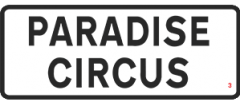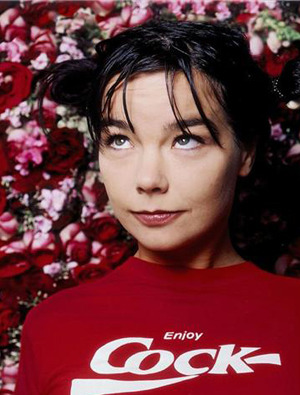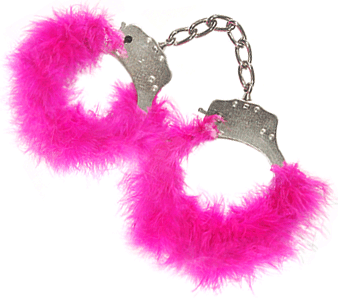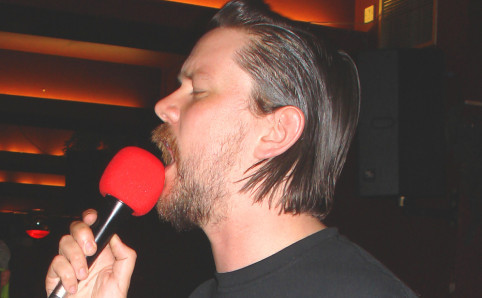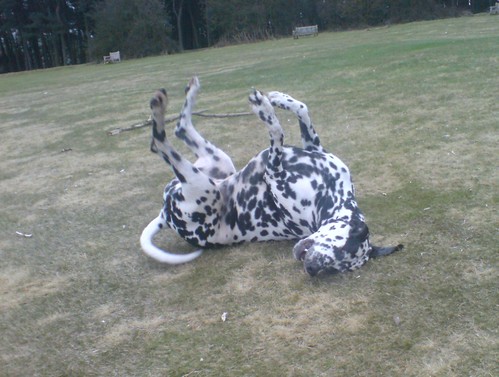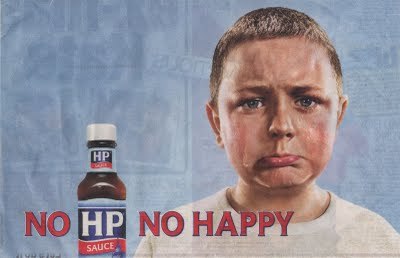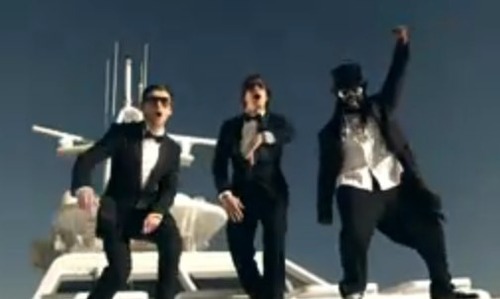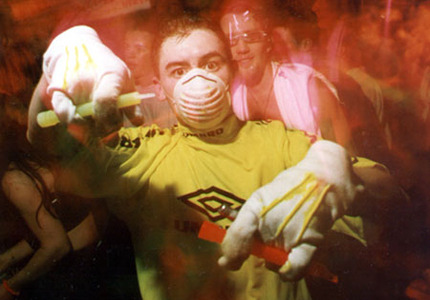
The essential ingredients of daytime television are: jumpers, middle aged people, chat. Whether they’re hunting for antiques, buying or selling or failing to sell things (especially houses) or even solving murders or being real in some sort of institution—it’s the middle-aged jumper chat that’s important.
Once all that was on the day was programmes for schools, which would be shown by teachers happy to have a cup of tea and a sit down. In class we counted down the clock until Fred Harris appeared, him tidily bearded us tidily bored, did some sciencey thing and went away. At home, you did the cleaning to the testcard music; praying for pages from Ceefax to brighten up the long dark teatime of the soul.
But then daytime TV arrived, and arrived live from the foyer of the BBC’s studios in Pebble Mill. In Birmingham, with the middle-aged jumper chat formula already immaculately sorted. That they eventually employed Alan Titchmarch is just a middle-aged jumper chat bonus.
Loose Women? Cash in the Attic on tour? Without Birmingham it would be the potter’s wheel for you.
